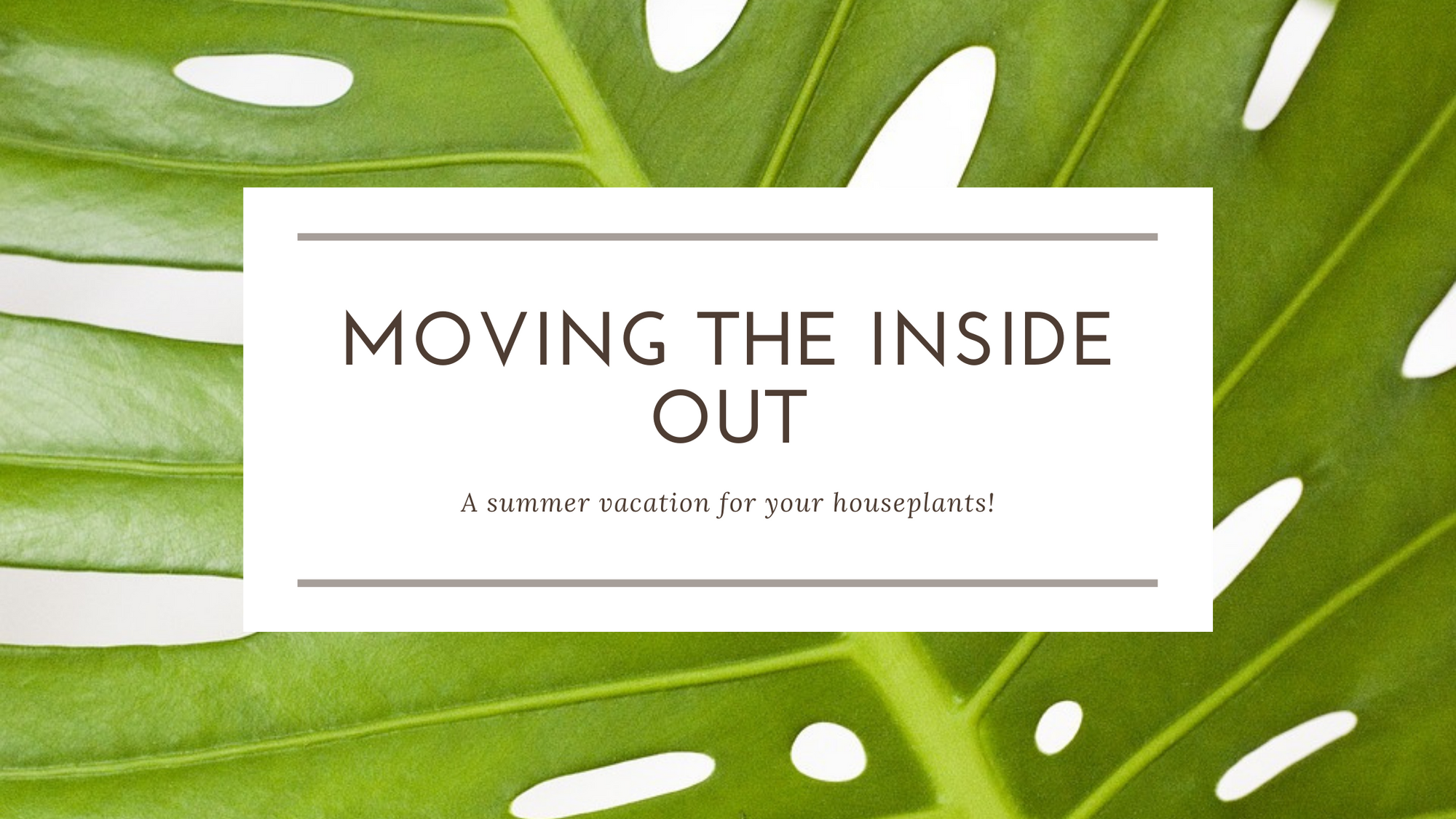Interested in helping out our pollinator friends by planting the right plants for them? It’s easy to do, most of them grow well for us, and many will help the butterflies and hummingbirds too!
Bee Facts or Why do pollinators matter?
Honey bees pollinate approximately $10 billion worth of crops in the United States each year. That means 1 in 3 bites of food is dependent on a pollinator: Coffee, chocolate, vanilla, strawberry, squash, chiles, beans, tomatoes, nuts, oranges, lemons, limes, avocados, mangos, cherries, pears, raspberries, grapes, apples, eggplant and spices to name just a few. However, of the hundred or so crops that make up most of the world's food supply, only 15% are pollinated by domestic bees, while at least 80% are pollinated by wild bees and other wildlife.
Fortunately, Colorado has a large and diverse community of native pollinators to do some of the work. We have:
- 946 species of native bees
- 250 species of butterflies and over 1000 species of moths.
- Wasps, beetles and flies
- 11 species of migrating hummingbirds, which arrive in April and usually leave in September.
- Domesticated honey bees, which are commonly used to pollinate crops, have declined dramatically in recent years. Parasitic mites were responsible for some of the declines, more recent declines are from Colony Collapse Disorder (CCD).
- Honey bee poisonings result in annual losses of $13.3 million. Bees recover slowly from insecticide spraying. They do not reproduce quickly or with lots of offspring, making them vunerable to population declines. For example, it may take 3 to 4 years for bumble bee populations to return to pre-pesticide application levels.
When bees are scouting for food, they are searching for two types of plants: flowers that provide nectar and flowers that provide pollen.
- Nectar provides carbohydrates, an instant energy boost to bees. Bees store the nectar in their belly until they return to the hive and then share it with other bees. An enzyme in their stomachs turns the nectar into diluted honey, which is stored in comb cells to evaporate the remaining water.
- Pollen is the primary source of protein for bees. When brought back to the hive, it is packed into brood cells. As needed, it is mixed with honey to make “bee bread,” and consumed by nurse bees to produce royal jelly for the larvae.
What YOU can do
- Plant a diverse range of plants, lots of different flowers provide the best food sources for a wide range of pollinators.
- Have something blooming all times of the season, from early spring to late fall
- Plant multiples of one variety, rather than just single plants, again providing them with more flowers to visit
- Choose native plants too. This helps feed native pollinators and keeps our native plants reproducing.
- Plant different colors of flowers, again providing diversity for a large range of pollinators
- Do not use pesticides in the garden. There is usually no need to spray and treat our perennials with pesticides. Most bug problems can be handled with a hard spray of water from the hose or with other natural predators. Systemic pesticides are hard to control and remain active in the plant and blossoms through the season. They have been traced to causing many of the bee poisonings.
Plants to try
- Plants and pollinators have evolved together over time to meet the needs of each other. Flower type, color, shape, odor, and nectar all determine who will visit a flower. Flowers that bloom at night, for example, tend to be white and fragrant so they can attract night flying bats or moths. Bees have good color vision and see blues, purples, violets, whites and yellows. Some of their favorite plants are:
Early Blooming
- Nodding Onion
- Penstemon virens and etonii
- Pasque Flower
- Dandelion
- Catmint
- Iris
- Thyme
Mid-Season Bloomers
- Asters
- Black-Eyed Susan
- Penstemons
- Salvias
- Stonecrops
- Bee Balm
- Perennial Geraniums
- Campanula
- Yarrow
Later Season Bloomers
- Daisy
- Sunflowers
- Lavender
- Agastache
- Goldenrod
- Basil
- Oregano
- Coreopsis
- Russian Sage
- Blue Mist Spirea
- Liatris
Butterflies Too!
- Butterflies are pollinators too! They like to visit many of the same flowers as the bees. But if you want to encourage butterflies to visit your yard, it’s important to provide host plants for them as well. Butterflies will lay their eggs on the leaves that the larvae can eat as soon as them emerge. For the monarch butterfly, the only host plant that the larvae will feed on is the milkweed Asclepias syriaca. So be sure to include this in your plantings if you want Monarchs to find a home in your yard.
Other host plants (and nectar sources too) include:
- Snapdragons
- Daisy
- Asters
- Milkweeds
- Grasses
- Dill
- Hollyhock
- Violets
- Chokecherry
- Milkweeds
- Echinacea






